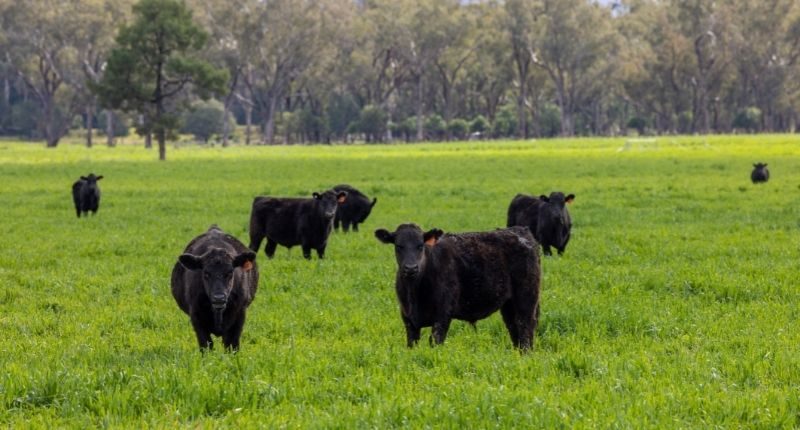
- Total land circa 16,700 hectares
- Split into three aggregations
- Sold to 12 local farming families and a corporate institution
Some 16,500 hectares of prime New South Wales land has been sold, leaving the hands of Shenhua Watermark Coal Pty Ltd and going to 12 local farming families and a corporate institution.
Negotiated by CBRE’s Agribusiness team, the land went for circa $120 million.
The land
It’s highly desirable farming country, CBRE Agribusiness managing director, David Goodfellow, said: “the Gunnedah region was well-known for its highly productive soils, its wide range of well-proven agricultural systems and its typically even distribution of rainfall throughout the year, which had underpinned strong interest in the process.”
“The rainfall pattern in this region means it can grow pastures for breeding and fattening livestock right through the year as well as growing both summer crops and winter crops for grain and/or fodder – lending these landholdings to an incredibly wide range of purposes,” Mr Goodfellow added.
“In addition, some of the land is also highly suited to regeneration of soils and native forests and may be suitable for projects to create carbon credits, which are quickly becoming very valuable given the current demand to achieve targets of net zero emissions.”
A spokesperson for Shenhua said the company had owned the majority of the land for over ten years.
The deal
Mr Goodfellow said CBRE “… made a very genuine commitment at the start of the sale process to give local producers a proper and equal opportunity to be successful in purchasing land, and we worked hard with both the family farming sector and the corporate farming sector to give everyone a fair chance, regardless of the extra work involved.”

The Shenhua Watermark sale process followed an agreement made last year with the NSW Government under which Shenhua Watermark Coal Pty Ltd returned its exploration license and withdrew its mining license for the site.
Throughout the sales process, CBRE said 59 inspections were made from 49 interested parties over a total of five weeks. Eventually, 45 expressions of interest were received for all or part of the three Shenhua aggregations near Tambar Springs, Barraba, and Breeza.
The breakdown
Tambar Springs aggregation
The 1,208 hectare property was purchased by two separate families, which comprises three non-contiguous holdings within two kilometres of each other.
The properties are currently used for both mixed dryland cropping and beef cattle production.
Barraba aggregation
Another two separate families acquired the 1,114 hectare property, which comprises two non-contiguous, nearby landholdings.
Approximately 580 hectares is considered grazing land, with the balance comprising remnant vegetation. The land area is principally used for beef cattle and sheep production.
Breeza aggregation
The largest of the three aggregations is approximately 14,270 hectares and is currently used for dryland cropping (cereals, legumes, and cotton) and beef cattle grazing with the opportunity to irrigate, benefited by access to water access entitlements.
It has been divided up between eight local families and one corporate farming business.
CBRE added that one of the Breeza purchasers included the Warmoll family, who operates Jack’s Creek cattle and beef business. The Warmoll family acquired approximately 4,900ha which has the capacity to run approximately 3,500 cattle year-round.
Part of Breeza also went to the Norman family, who operate a successful row cropping business nearby on the Liverpool Plains. The Norman family acquired a relatively small parcel of just 183 hectares.







